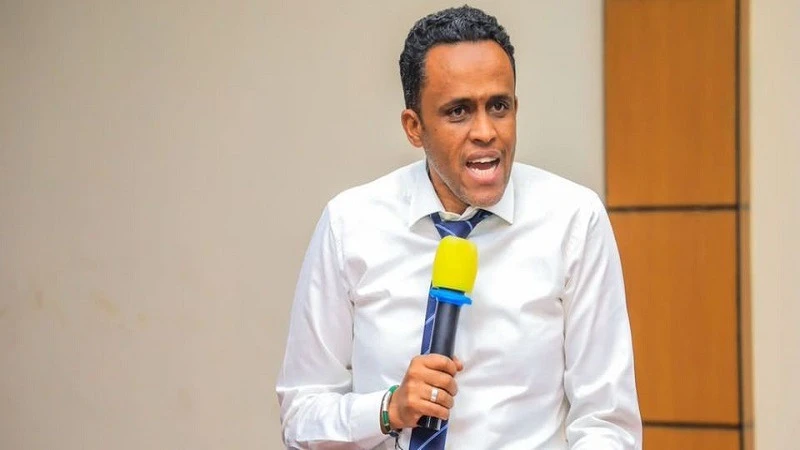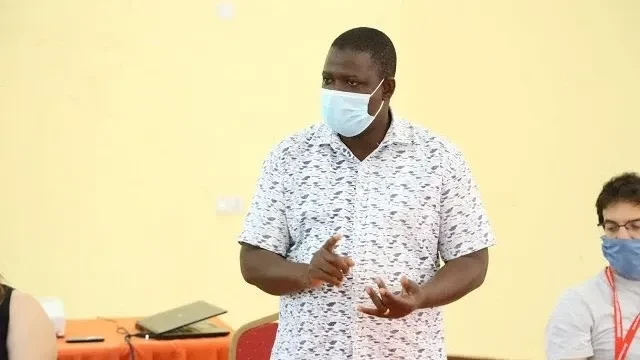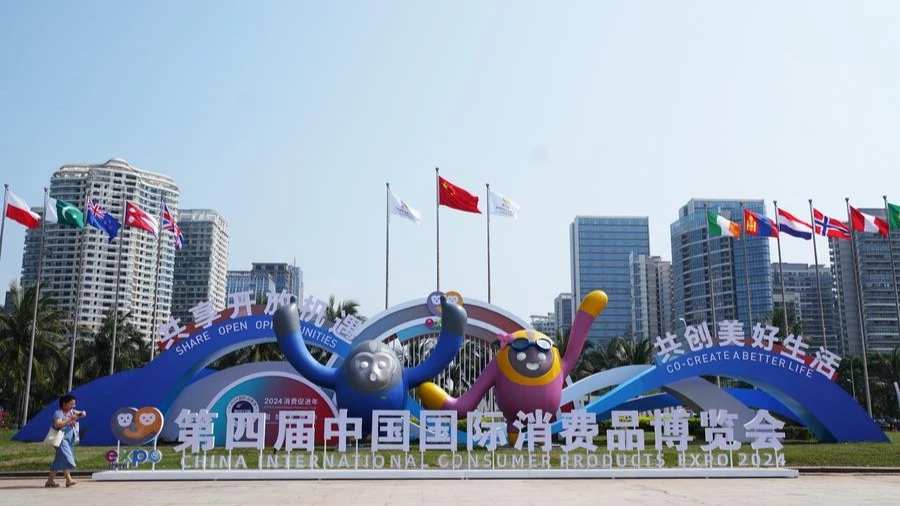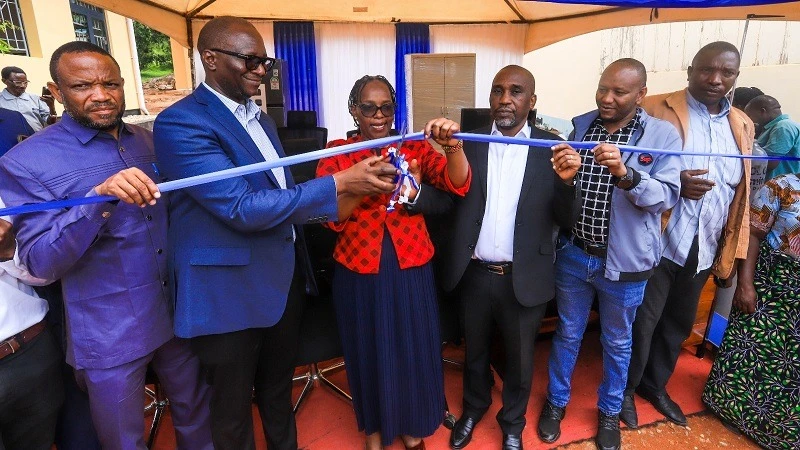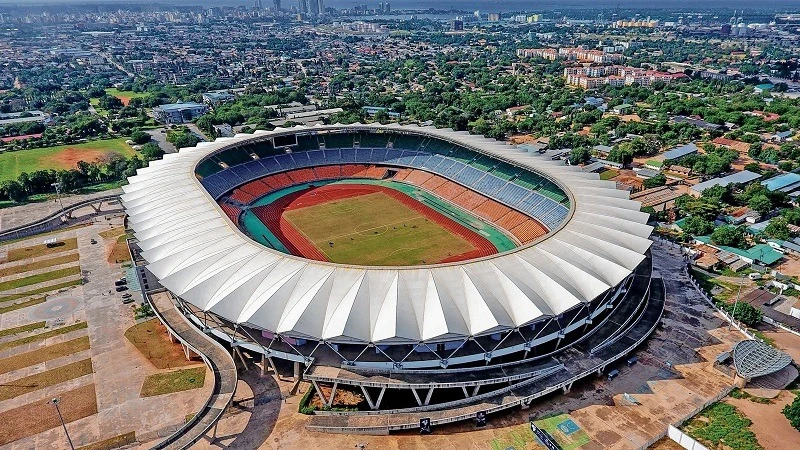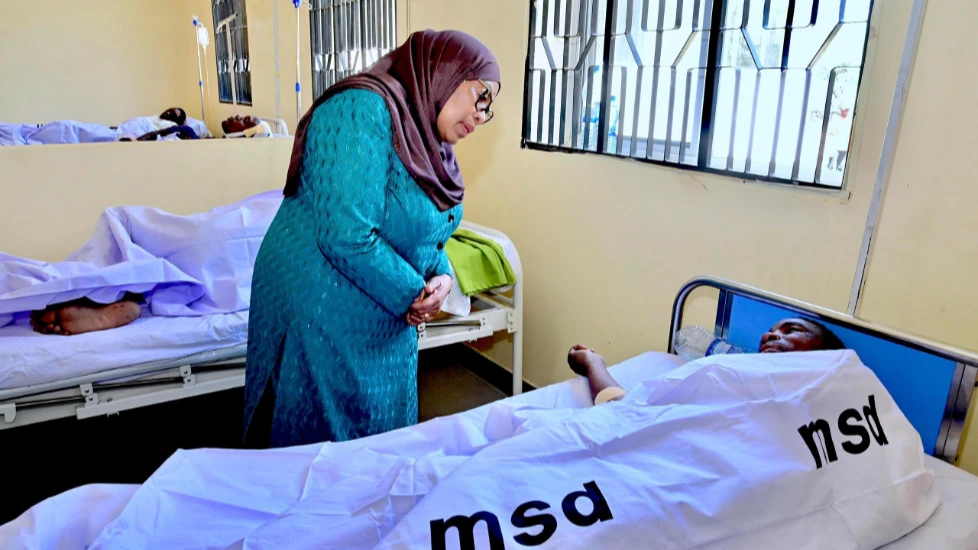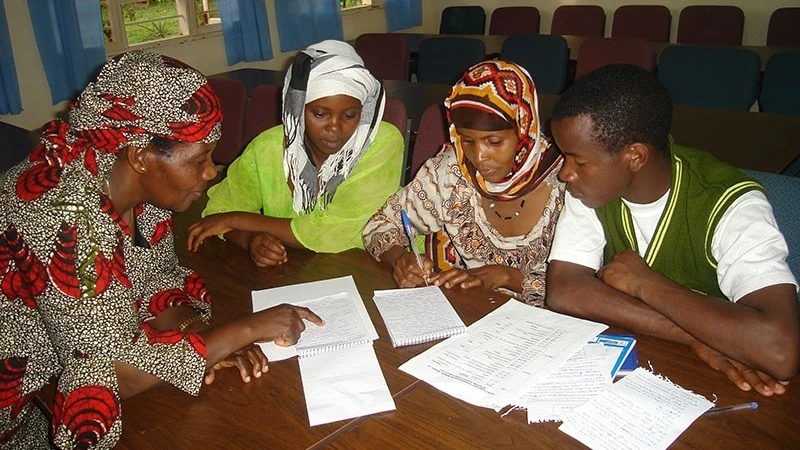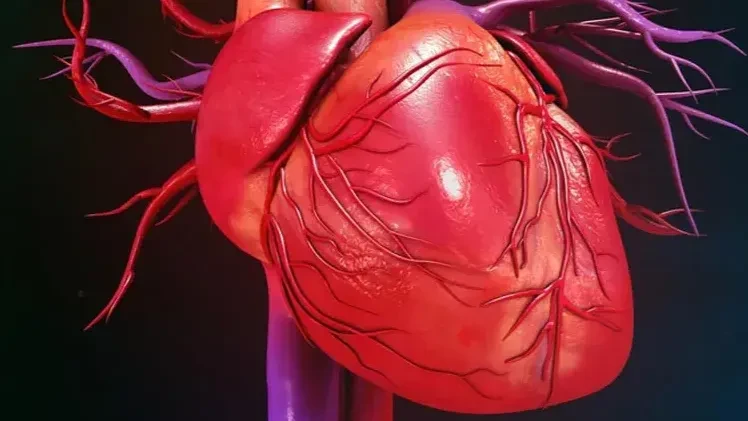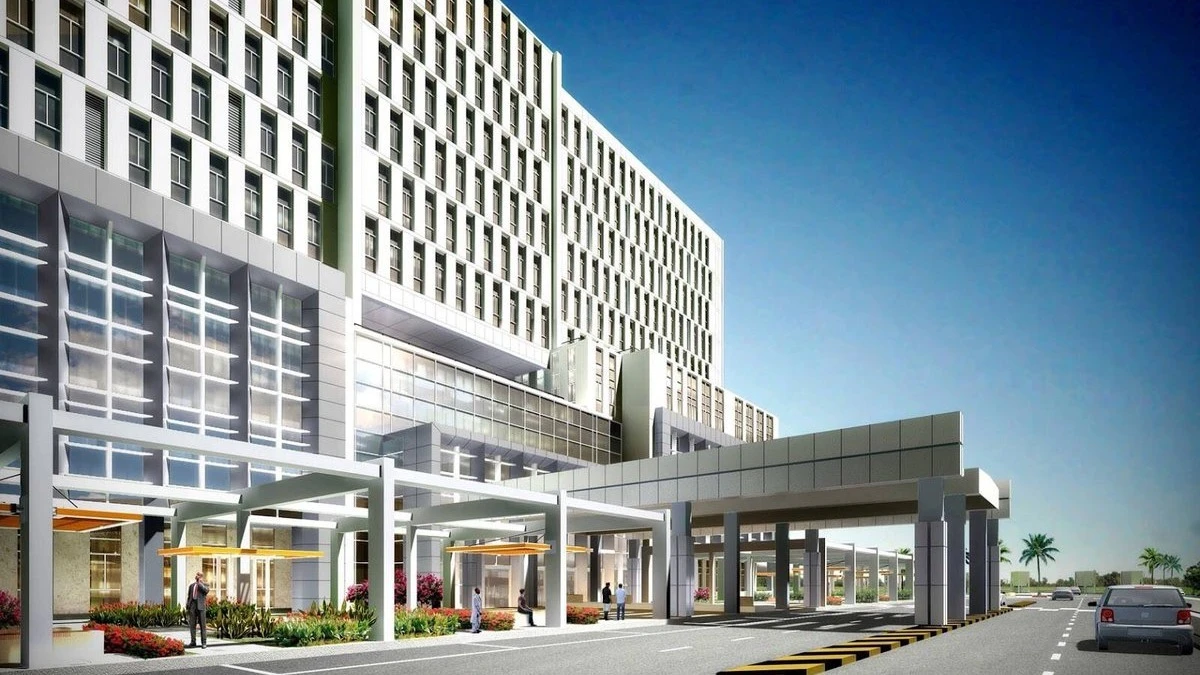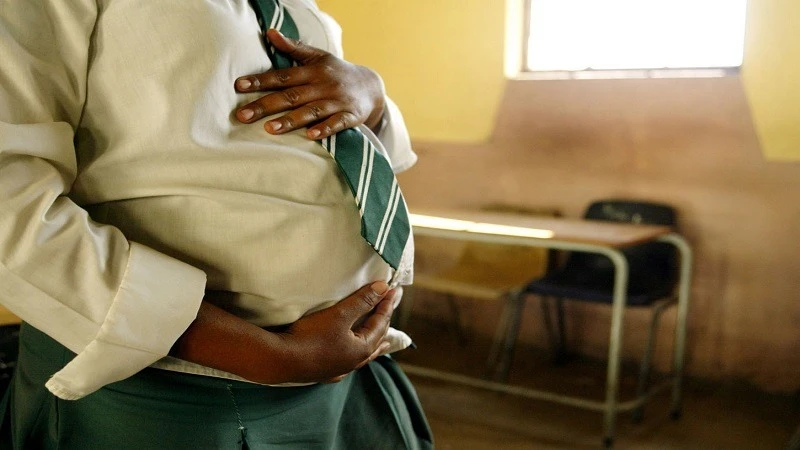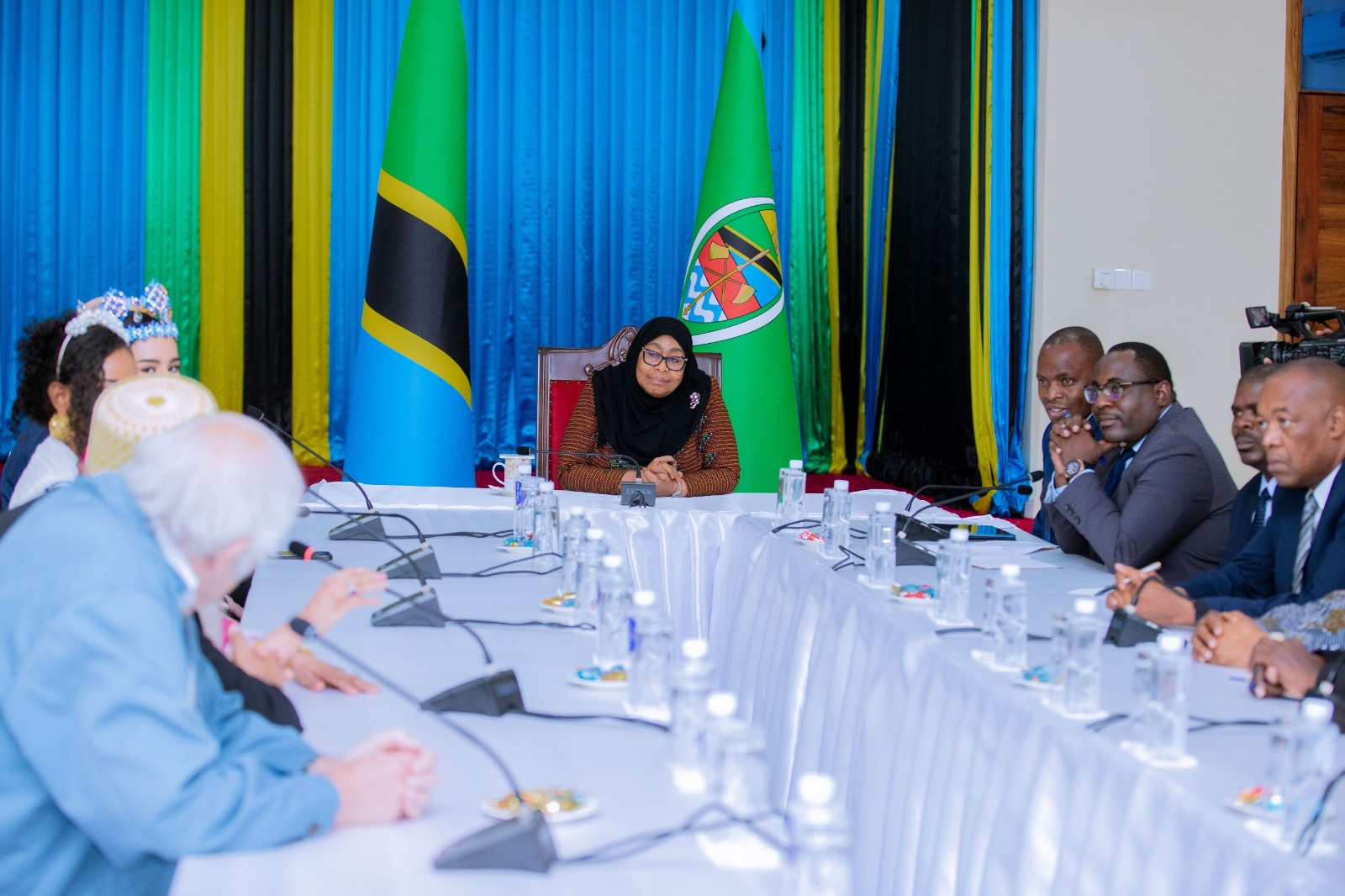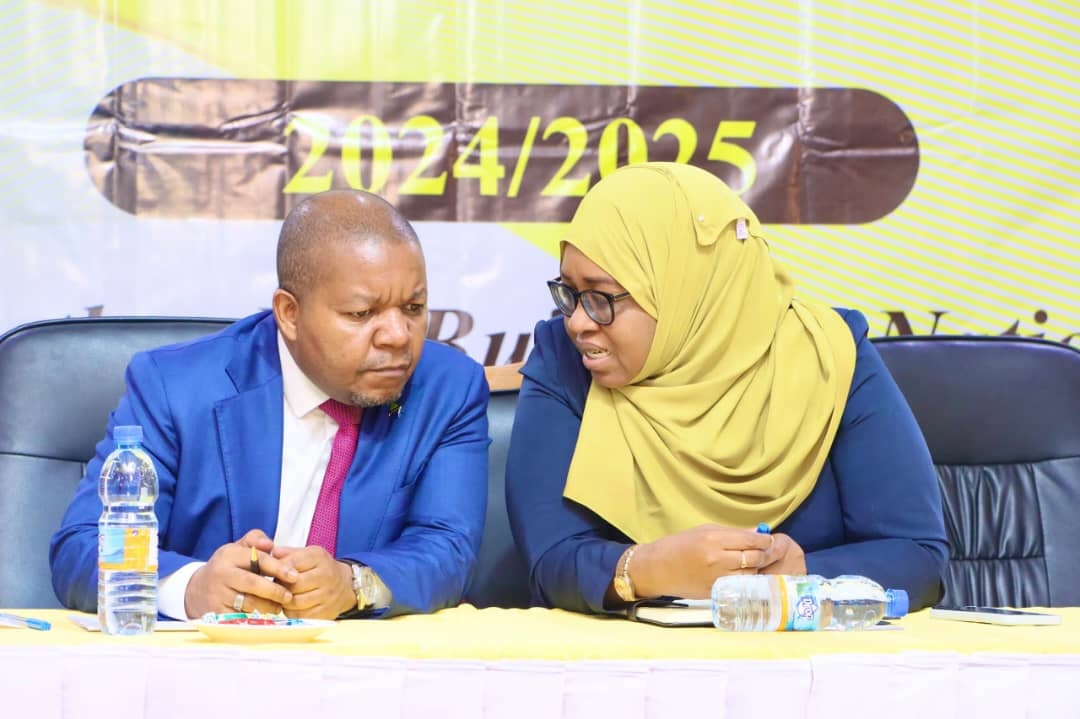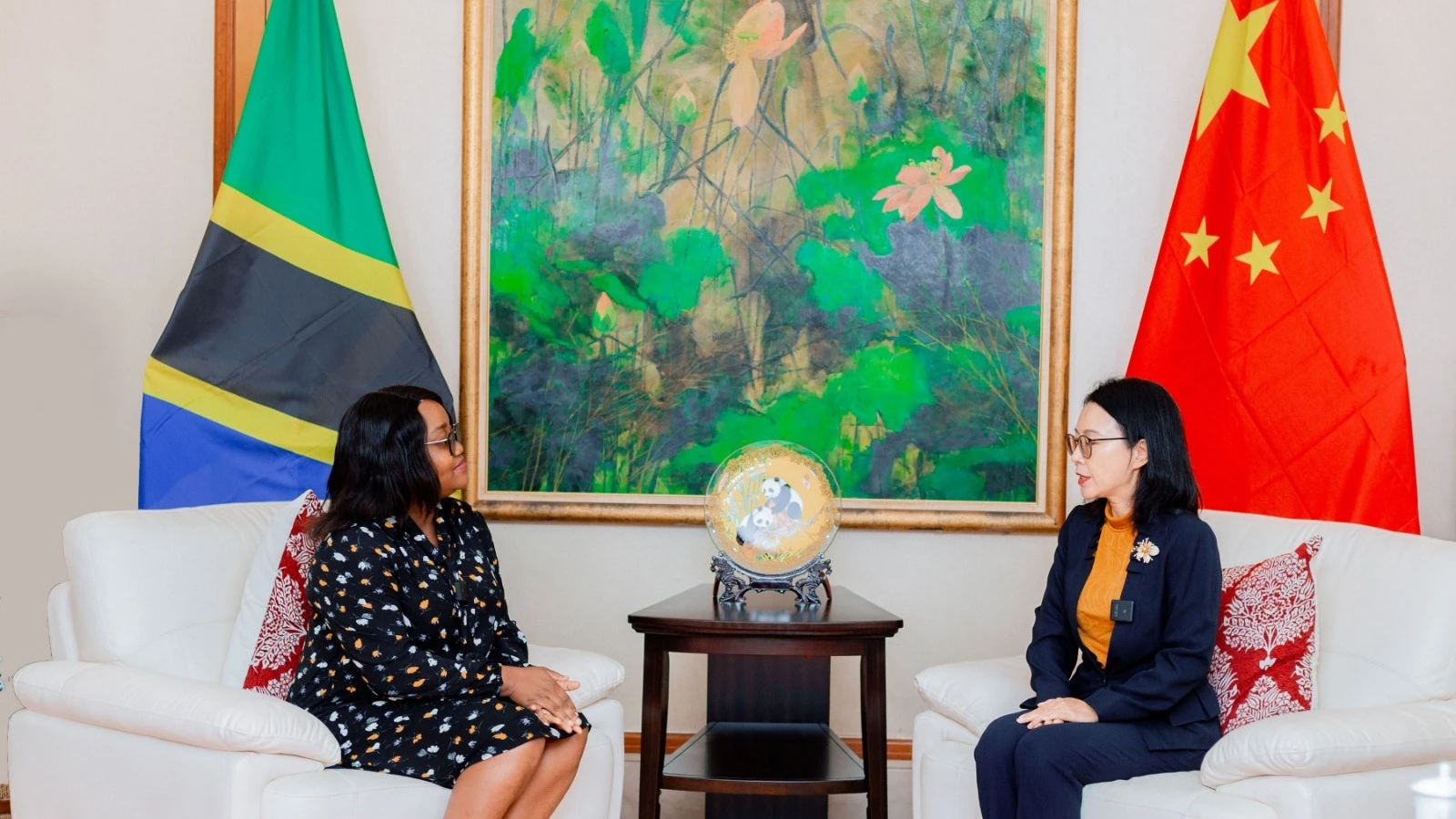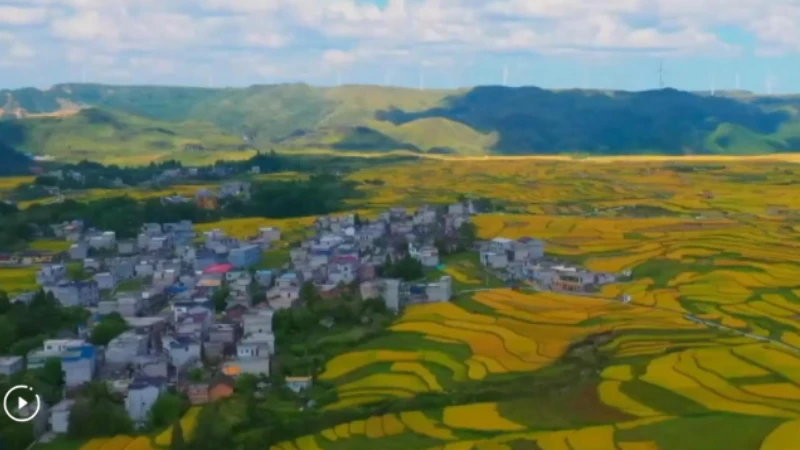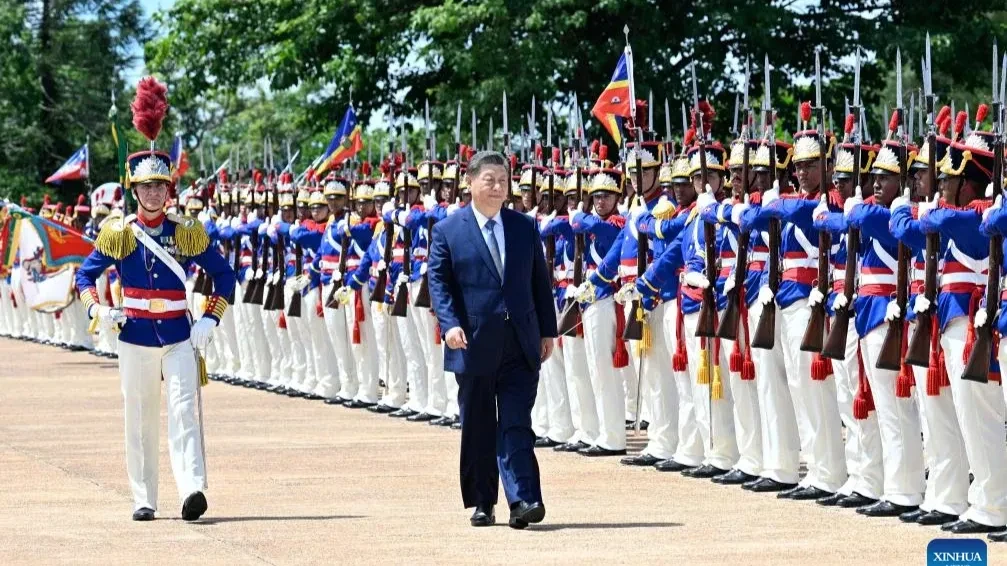Kigoma experiencing significant socioeconomic progress: says RC
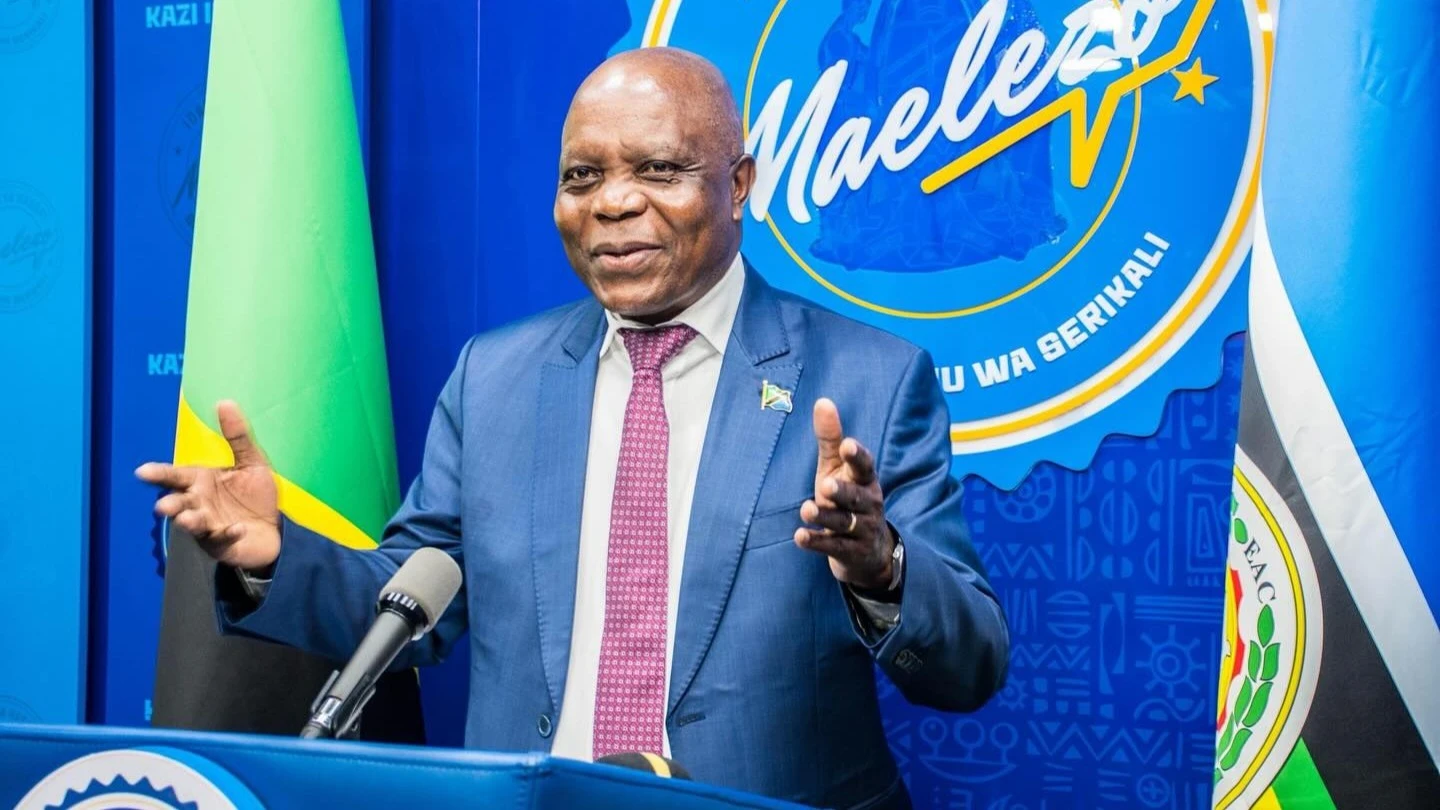
Kigoma Region is experiencing significant socioeconomic progress due to substantial investments in industry, infrastructure, and public services. These investments are aimed at boosting economic growth, improving living standards, and enhancing the region's overall development.
Over the past four years, the region has seen rapid growth and improved living standards, signalling effective governance under the sixth phase government.
According to Regional Commissioner, ambassador, Simon Sirro, Kigoma’s economy grew impressively, with the real gross domestic product (GDP) rising from 4.1 trl/- in 2020 to 5.6 trl/- in 2024, marking a 38.6 percent increase. During the same period, average per capita income rose by 45.4 percent, from 1.45 mn/- to 2.1 mn/-
He argued that industrialisation has been a key driver of the region’s growth, stating that in just four years, the region registered four large, 126 medium, and dozens of small industries.
This expansion, Sirro said, reflects growing investor confidence and a deliberate strategy to diversify the economy. The Kigoma Special Economic Zone also attracted nine investors, up from three in 2020, creating jobs and spurring technology transfer.
“In total, over 11.4 trl/- was invested across various sectors in the region and the health sector received 50.9 bn/- for infrastructure development, resulting in the number of district hospitals increasing from three to eight”, he said.
Health centres rose to 53 and dispensaries to 283. The availability of essential medicines and supplies also improved, increasing from 86 to 92 percent.
Education also received a major boost, with funding for free learning from nursery to A-Level increasing from 9.6 bn/- to 14.67bn/- . Primary schools grew from 664 to 742, while secondary schools rose from 194 to 256. Classroom expansion was accompanied by the construction of science laboratories and vocational training colleges to support practical learning.
He noted that access to clean and safe water improved significantly, reaching 77 percent of the region's population. The completion of 91 water projects benefited over 1.45 million people, while 20 additional projects are underway. The number of boreholes increased from 49 in 2020 to 101 in 2025.
The agricultural sector showed strong performance with food crop production increased by 17 percent to over 3.3 million tonnes.
Commercial crop yields more than tripled, thanks in part to government subsidies that nearly doubled fertilizer use. Livestock health also improved, with more than two million vaccine doses administered during the period.
The fisheries sector gained momentum with 1.6 bn/- in soft loans supporting modern fishing gear and aquaculture activities. Fish processing facilities increased from one to seven, adding value to the sector and providing employment opportunities.
Electricity coverage reached all 306 villages in the region, and 78.6 percent of sub-villages were connected to the national grid. Six major power projects were completed, ensuring reliable access to energy for homes and businesses.
In the area of land management, title deed issuance rose from 4,432 to 13,886. Customary land titles reached 15,597, and the number of villages with land use plans increased from 95 to 170.
Transportation and logistics also improved. Major projects included the construction of the Kasulu–Kabingo road and the Malagarasi Bridge. TARURA added over 100 kilometers of tarmac roads and 1,302 kilometers of gravel roads.
Ports at Ujiji and Kibirizi are each 98 percent complete, while aviation infrastructure, including a new terminal, is 24 percent finished.
Tourism grew as domestic and international visitor numbers rose. Meanwhile, soft loans to youth, women, and people with disabilities increased from 1.96 bn/- to 6.4 bn/-. Households under TASAF support slightly declined from 112,887 to 108,609.
Top Headlines
© 2025 IPPMEDIA.COM. ALL RIGHTS RESERVED


